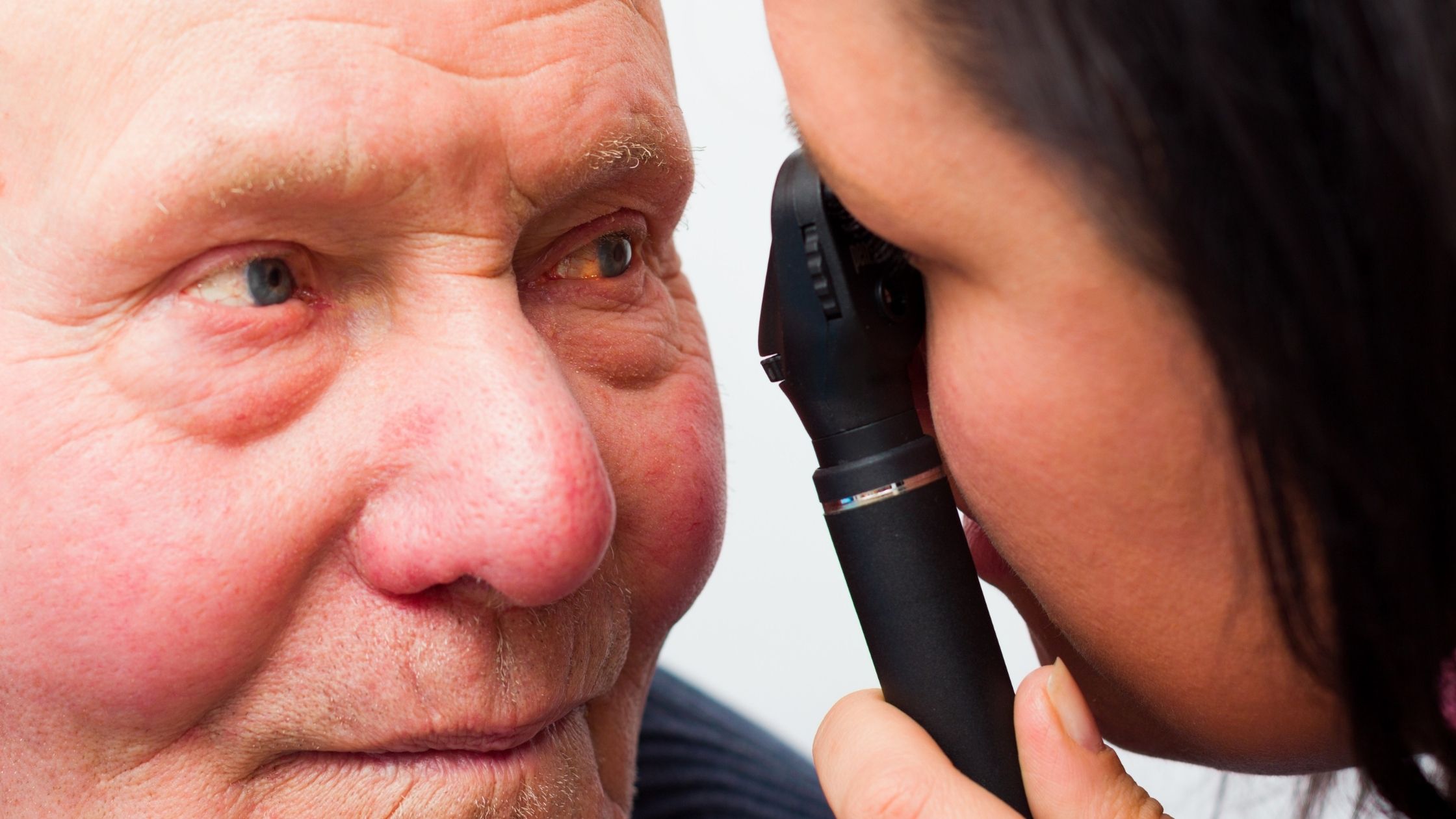June is Cataract Awareness Month, an important opportunity to highlight this progressive eye disease – both its prevalence and vision-saving treatment options. A cataract is a clouding of the normally clear lens of the eye, making it seem as though you are looking through a frosty or fogged-up window. Cataracts can make it increasingly difficult to see details and, if left untreated, can cause irreversible blindness.
Prevalence
According to the American Academy of Ophthalmology (AAO), cataracts affect more than 24.4 million Americans age 40 and older. By age 75, approximately half of all Americans have cataracts. Additionally, 1 in 6 Americans age 65+ has a vision impairment that cannot be corrected with glasses or contact lenses.
Most cataracts develop slowly and do not disturb eyesight at the onset, however over time they will eventually interfere with vision. Factors that can increase the risk of cataracts include:
- Diabetes
- Excessive exposure to sunlight
- Smoking
- Obesity
- High blood pressure
- Drinking excessive amounts of alcohol
Particularly between the ages of 40-65, adults’ eyes can undergo significant changes. This is why regular, comprehensive eye exams with an eye doctor is of critical importance.
Vision-Saving Treatment Options
An important reminder from ReFocus board-certified ophthalmologist Dr. Andrew Swan, who specializes in cataract surgery, is: “Cataracts can only be treated with surgery. While you can take steps to slow down the development of cataracts – through protecting your eyes from prolonged sun exposure and refraining from smoking - as examples, ultimately surgery will need to occur.”
There are currently two surgical options for cataract removal:
- Traditional Cataract Surgery – Also known as phacoemulsification, this traditional process occurs when your ophthalmologist creates a small incision in the cornea to remove the cloudy/damaged lens where the cataracts are present. Once removed, the lens are replaced with an intraocular lens (IOL). This safe, outpatient procedure is typically done under local anesthesia.
- Laser-Assisted Cataract Surgery – In this surgery, a camera/ultrasound device is placed over the eye to map its surface and gather information about the lens. By sending the results to a computer that programs a laser, your ophthalmologist can then use the laser to precisely make the corneal incision and remove the cloudy/damaged lens. The removed lens is then also replaced with an artificial intraocular lens (IOL). Also a safe, outpatient procedure, this option can offer additional precision and take less time than the traditional option.
Continuing your comprehensive eye exams and partnering with your ophthalmologist is the best way to stay on top of your eye health and identify any changes, such as cataracts. If you are diagnosed with cataracts and require surgery, rest assured that at ReFocus Eye Health, our ophthalmologists are experts and leaders in cataract care.

